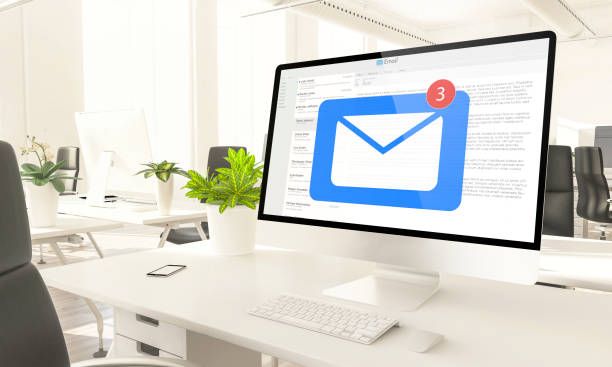Email validation is an essential process that businesses and individuals
should follow to ensure that their emails reach their intended recipients. In
this article, we will discuss email validation standards and answer some of
the most commonly asked questions about the topic.
What are Email Validation Standards?

Email validation standards are a set of rules and protocols that govern the
format and structure of email addresses. These standards ensure that email
addresses are correctly formatted and can be delivered to their intended
recipients without any issues.
The most commonly used email validation standards are defined by the Internet
Engineering Task Force (IETF) in Request for Comments (RFC) documents. These
documents provide guidelines for the format of email addresses and the rules
for sending and receiving emails.
Why is Email Validation Important?
Email validation is important for several reasons:
- It helps to prevent spam and fraudulent emails from being sent.
- It ensures that emails are delivered to their intended recipients.
- It helps to maintain the reputation of email servers and prevent them from being blacklisted.

What are the Rules for Email Address Syntax?

The rules for email address syntax are defined in RFC 5322. According to this
standard, an email address must consist of two parts: a local part and a
domain part.
The local part is the name that appears before the @ symbol and identifies the
mailbox that the email is sent to. It can contain alphanumeric characters,
periods, hyphens, and underscores.
The domain part is the name that appears after the @ symbol and identifies the
domain that the email is sent to. It can contain alphanumeric characters and
hyphens.
Additionally, email addresses can contain comments, which are enclosed in
parentheses.
What are the Rules for Sending and Receiving Emails?
The rules for sending and receiving emails are defined in RFC 5321. According
to this standard, emails must be sent from a valid email address and must be
delivered to a valid email address.
Emails must also be sent and received using the Simple Mail Transfer Protocol
(SMTP), which is a standard protocol for sending and receiving emails over the
internet.
How Can I Validate an Email Address?
There are several ways to validate an email address:
- Use an email validation service: There are many email validation services that can check if an email address is valid and deliverable.
- Send a test email: You can send a test email to the email address to see if it is valid and deliverable.
- Check for common errors: You can check for common errors in the email address, such as misspelled domain names or missing @ symbols.
Conclusion
Email validation is an essential process that businesses and individuals
should follow to ensure that their emails reach their intended recipients. By
following email validation standards and guidelines, you can help to prevent
spam, ensure email delivery, and maintain the reputation of your email
servers.

